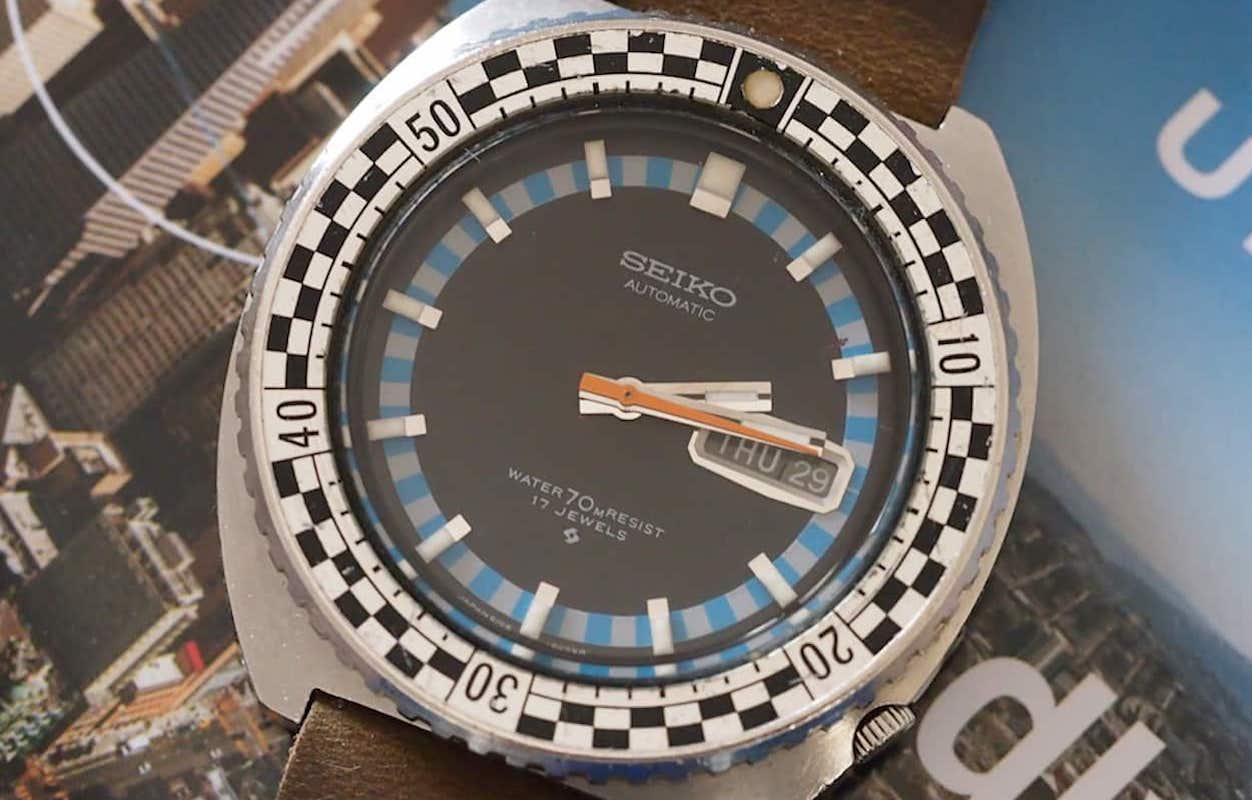This website uses cookies so that we can provide you with the best user experience possible. Cookie information is stored in your browser and performs functions such as recognising you when you return to our website and helping our team to understand which sections of the website you find most interesting and useful.
How to tell if your old watch is a hidden fortune
By Tempus | 6 October 2021 | Lifestyle, Wealth
Could you be squandering a rare antique? Tempus has teamed up with Luxe Watches to teach you how to spot a diamond in the rough
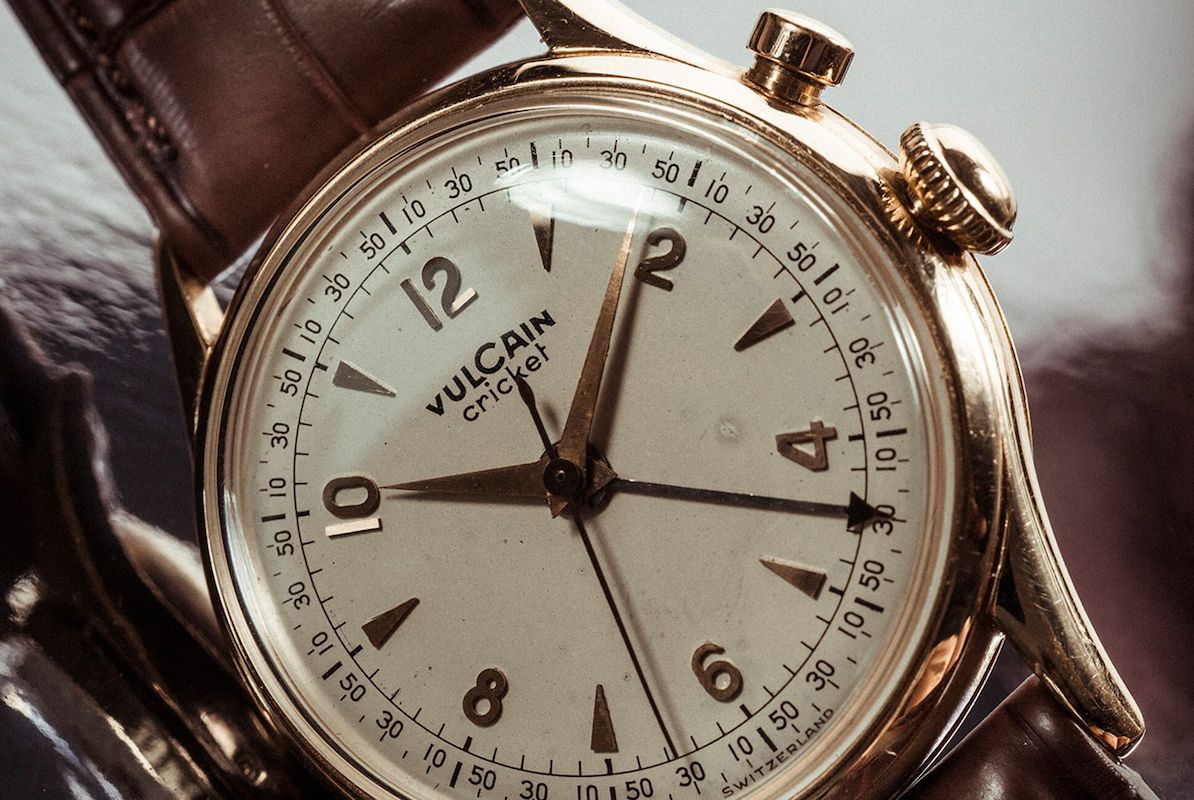
Sadly, there are hundreds of thousands of discarded and neglected watches across the world, and while these old timepieces may not be up-to-date with the latest trends, to say they may have a considerable amount of value attached would be an understatement.
According to pre-owned watch specialist Watchfinder & Co., luxury watches with a value of around $56 billion are thought to have been "forgotten" by their owners, who know little of their true value.
Tempus has teamed up with Luxe Watches, one of Britain’s leading pre-owned watch retailers, to compile a list of seven questions to ask yourself (or an expert) if you think your old timepiece could be a potential cash cow.
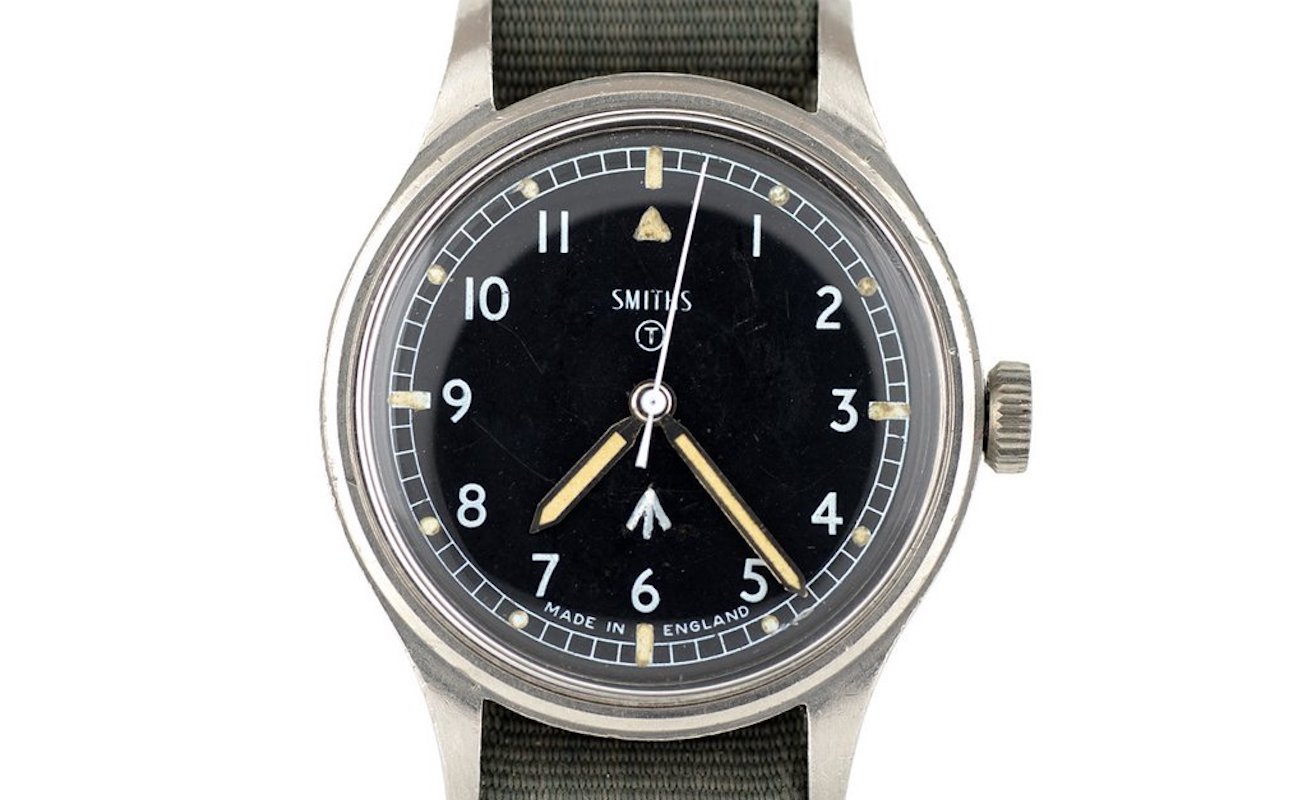
Does it still work?
As basic as this may seem, a working watch that still tells the time is usually considerably more valuable than a model that no longer functions correctly, although even non-functional pieces can still fetch a decent amount on the resale market.
Luxe Watches says to listen closely to the ticking mechanism. "If it has a smooth metallic ring it means it is still in working order," it says. "If you hear a grinding noise, it could, unfortunately, mean it’s close to its end."
Who made it?
Often, names alone come with prestige. Even a non-functional watch with limited or no usable potential could be worth thousands purely based on the manufacturer, with particularly high prices having been paid for Audemars Piguet, Breguet, Blancpain, Patek Philippe, Rolex, Breitling and Vacheron Constantin models.
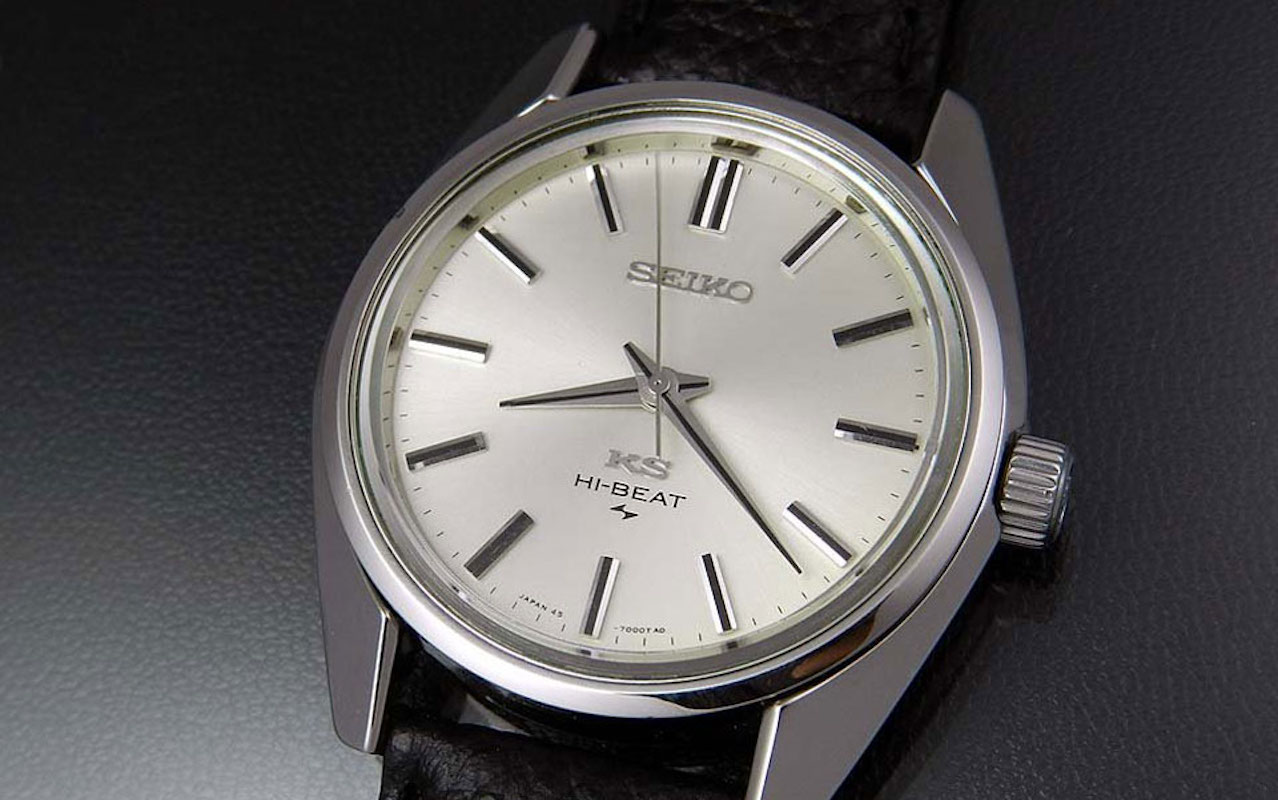
Vintage or antique?
The age of your watch will determine the category into which it fits and thus its perceived value. Models described as "vintage" are typically around 30 years old or more, and often, as Luxe Watches puts it, "have a collectible or novelty value and some sort of cultural significance".
"Antique", on the other hand, is a label usually given to watches aged 100 year or older, which can greatly increase its value.
Serial number?
"The serial number says a lot about a watch, and can be found on the caseback, inside mechanism or between the lugs if it is a Rolex," Luxe Watches says. Having access to – or knowledge of – the serial number of a watch offer experts considerably more information on its origin. If the model is particularly rare, a confirmation of this through the identification of the serial number will likely greatly increase its value on the market.
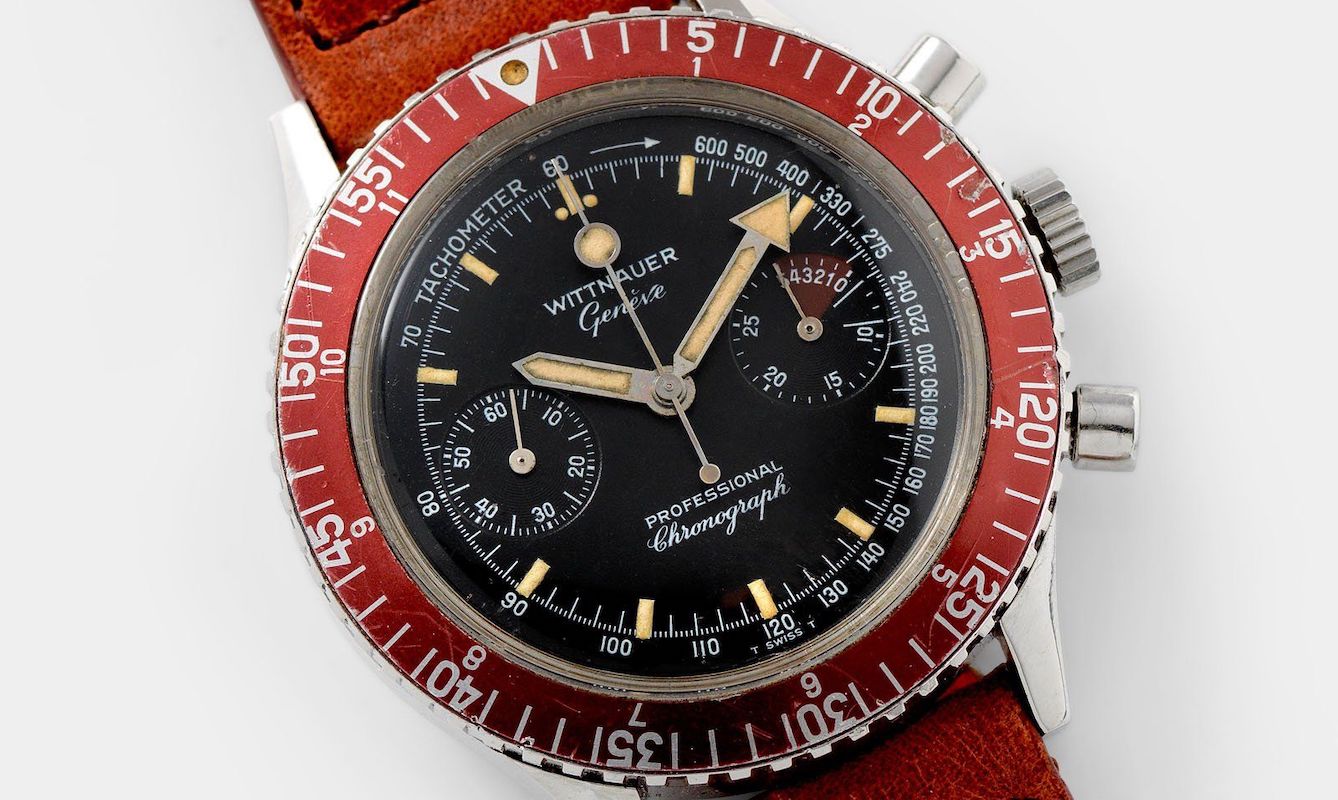
What style is it?
The type of watch can say a lot about its value, whether it’s an antique pocket watch, a stem-wind model or a jeweled piece; solid gold models also, predictably, tend to fetch higher prices. A good rule of thumb to go by is that the more elaborate a design is on vintage pocket watch, the more valuable it is likely to be.
Do you have the paperwork to hand?
Also known as "provenance", paperwork that demonstrates the ownership, record of origin, history of owners and authenticity can add considerable value to any piece. Having the basic proof of manufacturer alone is highly useful, but if your timepiece happened to be owned by someone famous it could lead to a huge windfall.
A huge part is to not go down the route of selling alone – Ebay is full of gambles and lacks the expert touch. A lot of people attach astronomical prices to things not worth a fraction of it, while others misvalue family heirlooms and lose a huge amount of money.
